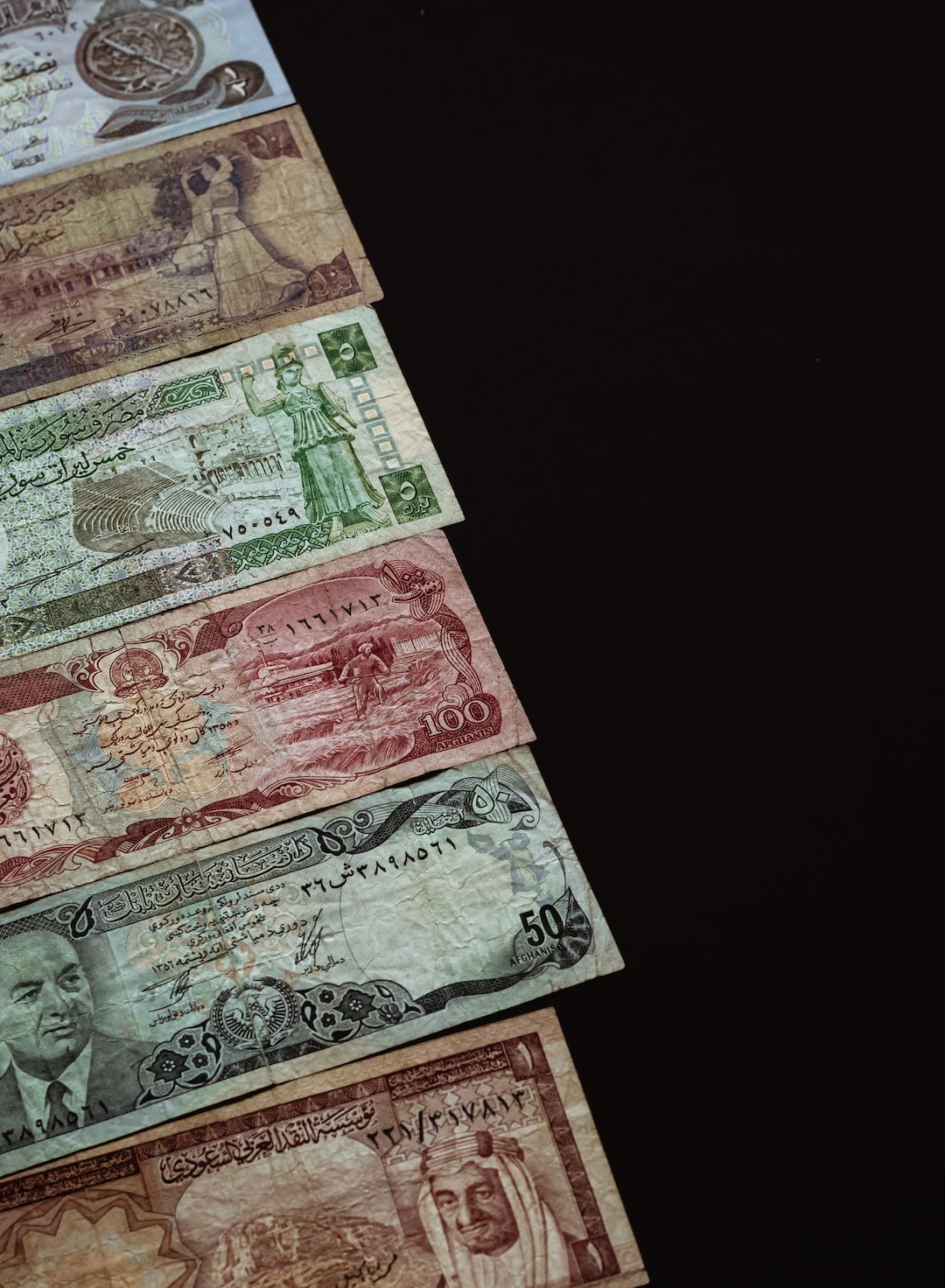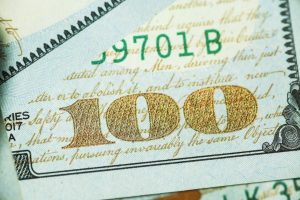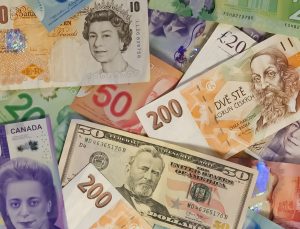The Vietnamese Dong (VND) is the official currency of Vietnam, which is a rapidly growing economy in Southeast Asia. The forex rate for the dong is the exchange rate at which the VND is traded against other currencies, such as the US dollar (USD), the Euro (EUR), or the Japanese yen (JPY). This rate is determined by the supply and demand of these currencies in the global forex market, as well as by the macroeconomic and geopolitical factors that affect the Vietnamese economy.
The forex rate for the dong is important for several reasons. First, it affects the purchasing power of Vietnamese consumers and businesses, as well as the competitiveness of Vietnamese exports and imports. Second, it influences the inflows and outflows of foreign investment, remittances, and tourism in Vietnam, which are crucial sources of foreign exchange for the country. Third, it reflects the confidence of international investors in the Vietnamese economy and its policies, which can have a ripple effect on the country’s credit rating, interest rates, and growth prospects.
So what is the current rate on forex for the dong? As of August 2021, the USD/VND exchange rate is around 23,100, which means that one US dollar can buy approximately 23,100 Vietnamese dong. This rate has fluctuated over time, reflecting the volatility of the global forex market and the domestic factors that affect the Vietnamese economy. For example, in 2020, the USD/VND rate reached a peak of 23,700 in March, as the COVID-19 pandemic disrupted global trade and investment. However, it has since stabilized and even decreased slightly, as Vietnam has managed to contain the virus and maintain its economic momentum.
The forex rate for the dong is influenced by various factors, such as:
– The balance of trade: Vietnam is a major exporter of goods, such as electronics, textiles, and seafood, which generate a significant amount of foreign exchange. Therefore, the demand for VND increases when there is a trade surplus, as foreign buyers need to convert their currencies into VND to pay for Vietnamese goods. On the other hand, if there is a trade deficit, the supply of VND increases as Vietnamese importers need to buy foreign currencies to pay for their purchases. This can put downward pressure on the forex rate for the dong.
– The monetary policy of the State Bank of Vietnam (SBV): As the central bank of Vietnam, the SBV has the power to adjust its interest rates, money supply, and foreign exchange reserves to manage the stability of the dong and the inflation rate. For example, if the SBV raises its interest rates to attract more foreign investment, this can increase the demand for VND and boost its value. However, if the SBV prints more money to finance government spending, this can increase the supply of VND and weaken its value.
– The political and economic stability of Vietnam: Investors prefer to put their money in countries that have a stable political environment, a transparent legal system, and a sound economic policy. Therefore, any major political or economic events that affect the perception of Vietnam’s risk profile can influence the forex rate for the dong. For example, if there is a corruption scandal or a natural disaster that undermines the credibility of the government, this can lead to capital outflows and a depreciation of the dong.
– The global economic trends and events: The forex market is interconnected with the global economy, and any major events that affect the major currencies can have spillover effects on the forex rate for the dong. For example, if the US Federal Reserve raises its interest rates, this can strengthen the USD and weaken the VND. Similarly, if there is a crisis in the Eurozone or a trade war between the US and China, this can trigger a flight to safe-haven currencies, such as the USD and the JPY, and put downward pressure on the VND.
In conclusion, the forex rate for the dong is a dynamic and complex phenomenon that reflects the interplay of various domestic and global factors. As Vietnam continues to modernize its economy and integrate into the global market, the forex rate for the dong is likely to remain a key indicator of its economic performance and potential. Therefore, investors and traders who are interested in the Vietnamese market should pay close attention to the forex rate for the dong and the factors that influence it.





